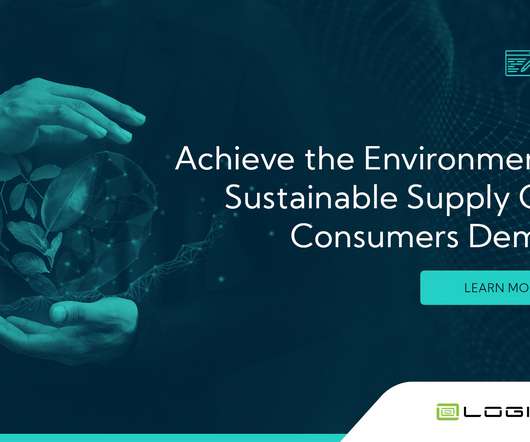Achieve the Environmentally Sustainable Supply Chain Consumers Demand
Logility
SEPTEMBER 17, 2021
GSCM includes green initiatives to accomplish the ultimate goals: green materials, green production, reverse logistics, closed-loop supply chains, and green procurement and returns. It’s predicted that AI can reduce global greenhouse gas emissions by 4% by 2030, which is 2.4 billion tons of CO 2 emissions. .


















Let's personalize your content